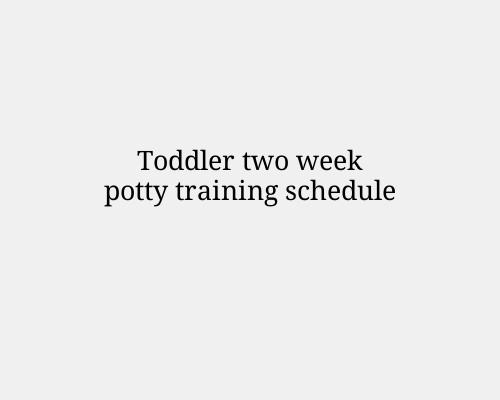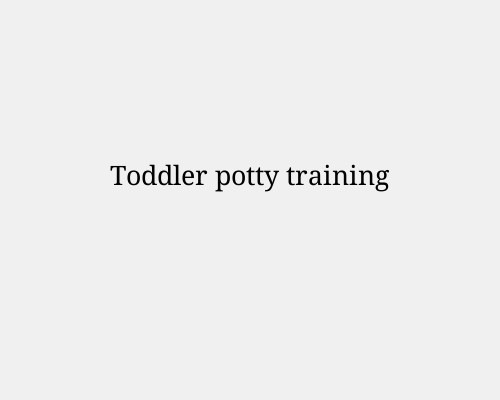
Week 1 – Introducing & Practicing
Here’s a practical, parent-tested guide to make potty training smoother and less stressful—for both you and your toddler.
Day 1–2: Potty Familiarisation
Place the potty in the bathroom (or a familiar space).
Let your toddler explore it—sit on it with clothes on first.
Read potty books or watch short potty training videos.
Change diapers in the bathroom so they associate it with going.
Day 3–4: Bare-Bottom Practice
Keep them in a long T-shirt or dress with no diaper/pants at home.
Offer the potty every 30–60 minutes and after waking, meals, and drinks.
Praise every attempt, even if nothing happens.
Expect lots of accidents—stay calm and clean up together.
Day 5–7: Adding Underwear
Introduce soft, fun underwear (let them help pick it).
Continue scheduled potty breaks and prompt them when you notice “potty signs” (fidgeting, crossing legs).
Keep outings short and take a travel potty if possible.
Week 2 – Building Consistency
Day 8–10: Out & About
Keep using underwear at home and on short trips (less than 1 hour).
Take potty breaks before leaving and as soon as you arrive somewhere.
Bring extra clothes and wipes in your bag.
Day 11–14: Independence Encouragement
Let your toddler take more control—have them tell you when they need to go.
Teach them to pull pants up/down and wipe (you’ll still help for hygiene).
Keep celebrating successes and handle accidents without fuss.
Extra Tips for the Whole 2 Weeks
Give lots of fluids so they get more practice.
Use consistent wording (“Time to use the potty” instead of “Do you need to go?” which they might always say “no” to).
End each potty visit with handwashing – make it a fun ritual.
